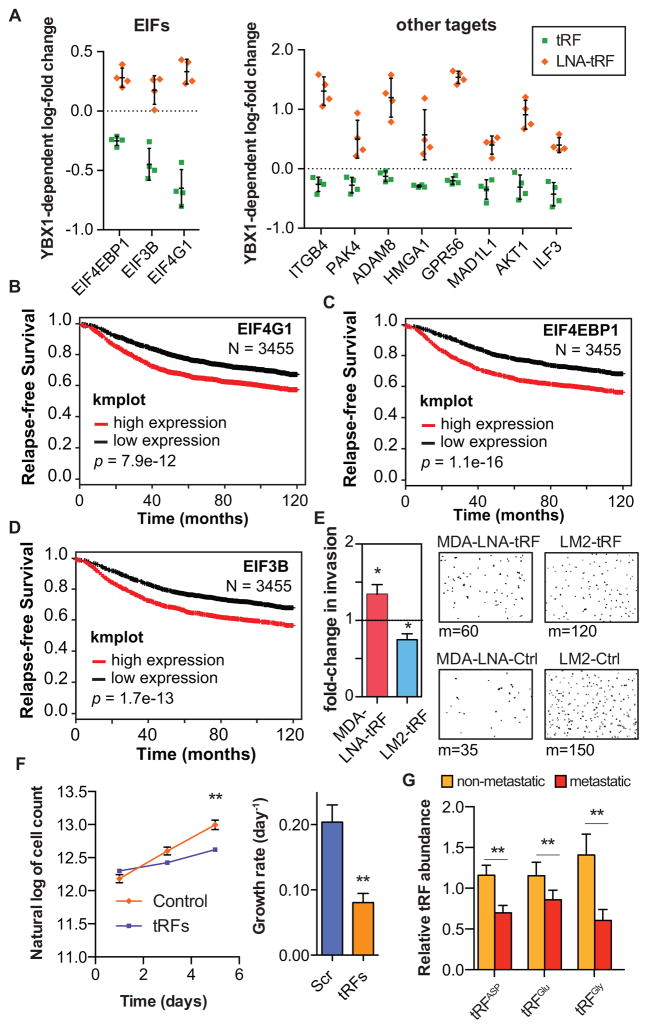Figure 6. YBX1-binding tRFs play a significant role in modulating oncogenes.
(A) Competitive displacement of YBX1 from its target transcripts by tRNA-derived fragments resulted in the down-regulation of a large set of oncogenes and metastasis promoter genes. (B–D) Kaplan-Meier curves for three translation initiation factors that were modulated by tRFs via YBX1 binding (Gyorffy et al., 2012). (E) Exogenously added tRF mimetics or antisense LNAs resulted in a significant increase and decrease in cancer cell invasion, respectively. Shown are the fold-changes in cancer cell invasion for MDA-parental cells transfected with LNAs and MDA-LM2 cells transfected with tRFs. We have also included representative fields from the invasion inserts along with the median of cells observed in each cohort (n=7–8). (F) Growth rates (estimated based on an exponential model) under serum-starved conditions for MDA-LM2 cells transfected with tRF mimetics relative to mock-transfected cells (n=6). (G) qRT-PCR assays were used to quantify the levels of tRFAsp, tRFGlu, and tRFGly in metastatic (n=18) and non-metastatic (n=9) primary breast cancers. For comparing growth under serum-starved conditions, two-way ANOVA was used to measure statistical significance. For all other cases, statistical significance was measured using one-tailed Student’s t-test: *, p<0.05, **, p<0.01, and ***, p<0.001. Error bars in all panels indicate s.e.m. unless otherwise specified.

